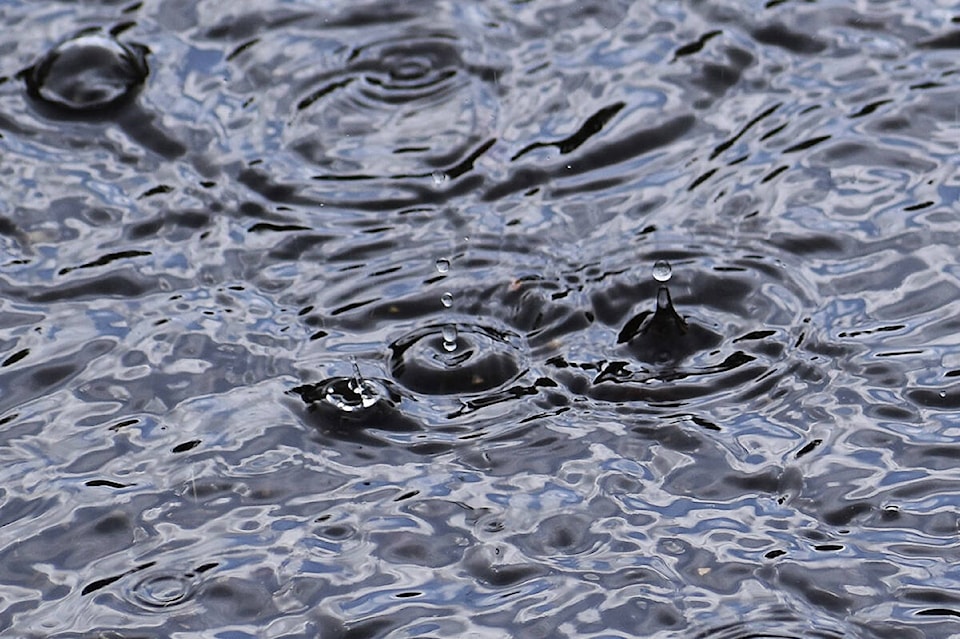This province recently marked a year since the catastrophic Fraser Valley floods caused by a succession of major rainstorms driven by atmospheric rivers.
The worst damage was done to Abbotsford’s Sumas Prairie area, as well as to a number of smaller towns and Indigenous reserves farther inland, some of which had all their road links entirely severed by the deluge.
Cities like Pitt Meadows, Langley, Maple Ridge, and Surrey fared better (albeit seeing a fair bit of localized flooding, and closed and damaged roads), but their good fortune was more a matter of geography than deliberate preparedness.
Fewer low-lying flood plains in the path of all that water simply meant a lucky escape.
However, other types of floods – including a major Fraser River flood, which we are now threatened with approximately every third year – could hit some communities very hard.
Parts of Langley, Surrey, Maple Ridge, Pitt Meadows, New Westminster, Delta, and Richmond would face that threat head on.
Then there’s earthquakes, wildfires, even the threat of a hurricane or other severe windstorm.
Communities need to take disaster preparedness more seriously in the Lower Mainland.
READ ALSO: IN OUR VIEW: Outlook: Predictions look promising
READ ALSO: LETTER: People lack animal awareness leading to human-bear conflicts
More than half of the population of B.C. lives in this region – 2.7 million people between Vancouver and Chilliwack, and more are arriving every day. Residents experienced a disaster that showed how tenuous Lower Mainland road and rail links to the rest of Canada are in the face of nature’s fury.
The most important level of preparedness has to be provincial and regional.
We need to upgrade dikes, to create redundancies in key supply links, and to continuously upgrade plans and training for first responders and local volunteers.
Many of the success stories of last year’s floods came from ad hoc organizations – churches and temples, local volunteers, hobby pilots, and so on – who simply saw a problem and started working to solve it. The province could help by providing a little funding and organizational structure, to make volunteer efforts even more powerful the next time communities have a disaster.
Members of the public also need to prepare. Putting together an emergency kit is a good start, but beyond that, people need to think differently.
Thanks to climate change, the public can expect more storms, more droughts, more fires, and more floods. People have to reassess how they rely on the lights always staying on, on the roads always being clear, and on emergency services always being there to come and help.
